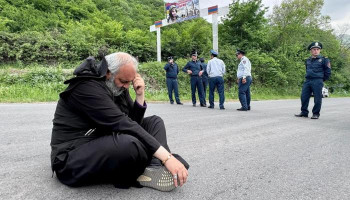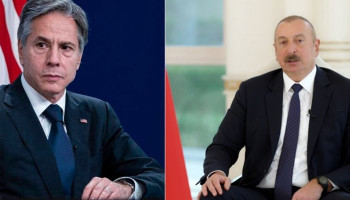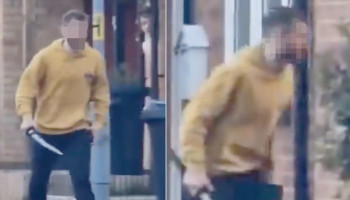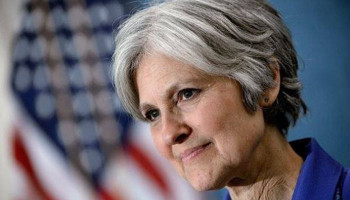How can we process the horrors of genocide, especially when the hurt of these atrocities is compounded by a century of denial?
13:23, Thursday, 26 March, 2015
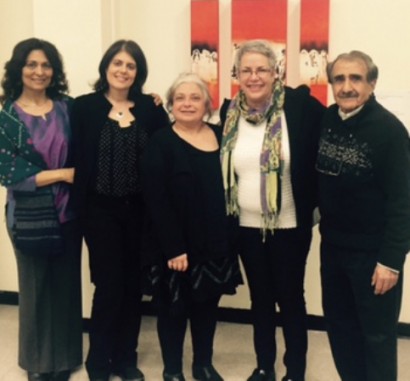 Those who were not rounded up to be killed were sent on death marches through mountains and deserts without food, drink or shelter. But still today, while many Turkish intellectuals have recognized the Armenian genocide, it has been a narrative that has been largely repressed by the Turkish government. And to this day, it is illegal in Turkey to talk about the ‘G” word. Even in the U.S., the New York Times was the first news media to describe the event as genocide in 2004. And US congress recognized it as genocide as late as 2010. Even though the atrocities against the Armenians were not acknowledged, in the quiet of Armenian homes the stories of the genocide were told and retold, or found in the silence, passing from one generation to the other. Written narratives and art became a powerful medium to give voice to the Armenian experience, a way to remember and acknowledge, and a way to find meaning. The second annual the Future of the Past event, held on March 10 in Washburn Auditorium, honored the 100th anniversary of the Armenian genocide through the artwork of Armenian artists Hope Ricciardi, John Avakian, Marsha Odabashian and Adrienne DerMarderosian. Ricchardi, Avakian and Odabashian shared deep insights through their personal narratives of making meaning of the transmission of intergenerational trauma through their art. Each artist demonstrated how a curiosity, a question or a desire to connect to the past became a creative endeavor to give voice and acknowledgement to the Armenian experience, the atrocities of which have been compounded by a century of denial. Thus, they opened possibilities of healing and transformation. Their powerful art portrays the layered complexity of the transmission of intergenerational personal and collective trauma urges us to ask the larger question, “How can we prevent and transform crimes against humanity?” The power of images from the art community has historically moved our society. Now is the time to openly accept Armenian history, including the genocide, and honor the numerous contributions of the Armenian civilization. The Future of the Past event is a community collaboration initiated by Lesley’s Graduate School of Arts and Social Sciences Dean Catherine Koverola between Peace and Conflict Studies and Mary Harvey, the founder Director of Violence Transformed, a Boston-based organization that celebrates the power of art to confront, challenge and mediate violence. Associate Professors Meenakshi Chhabra and Nancy Beardall are coordinators of this annual event. |
5720 | 0











